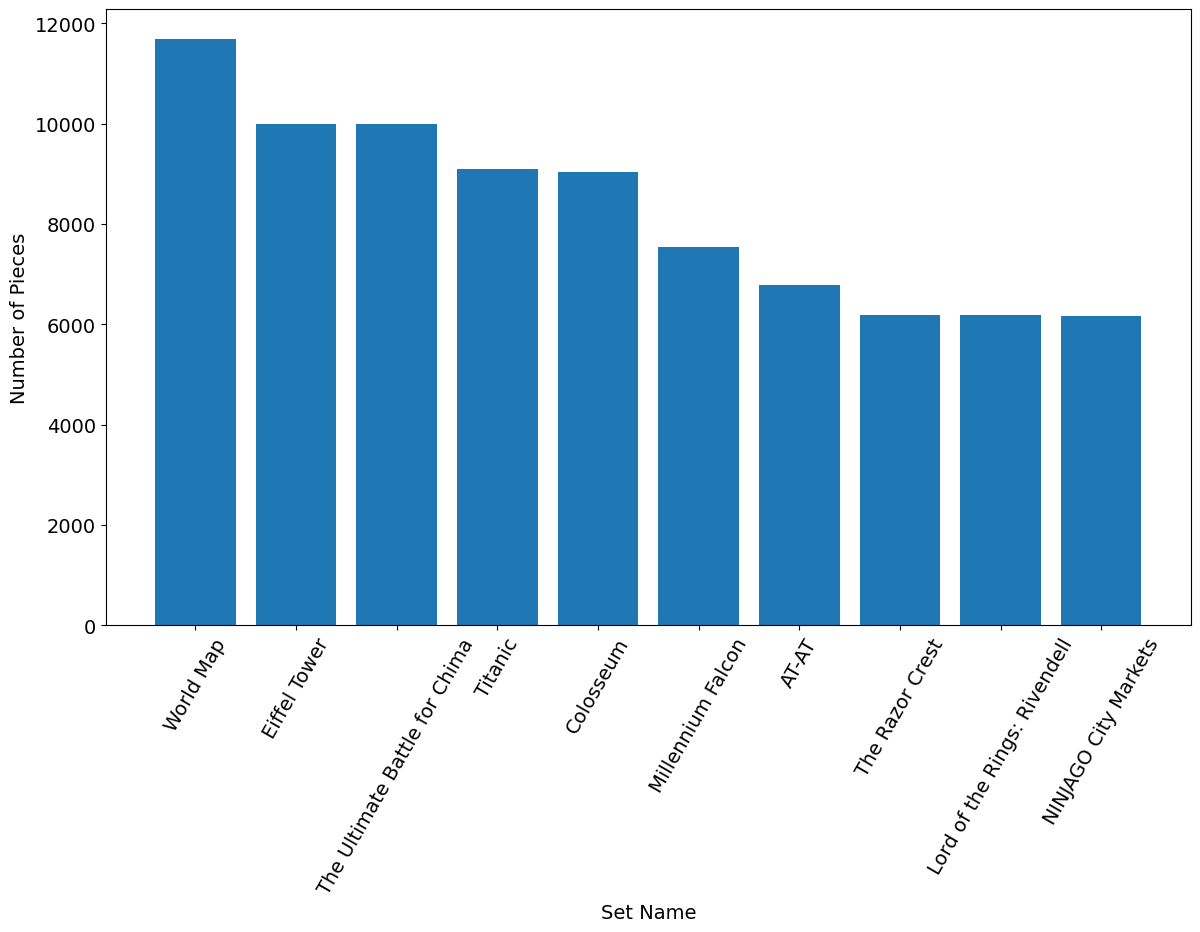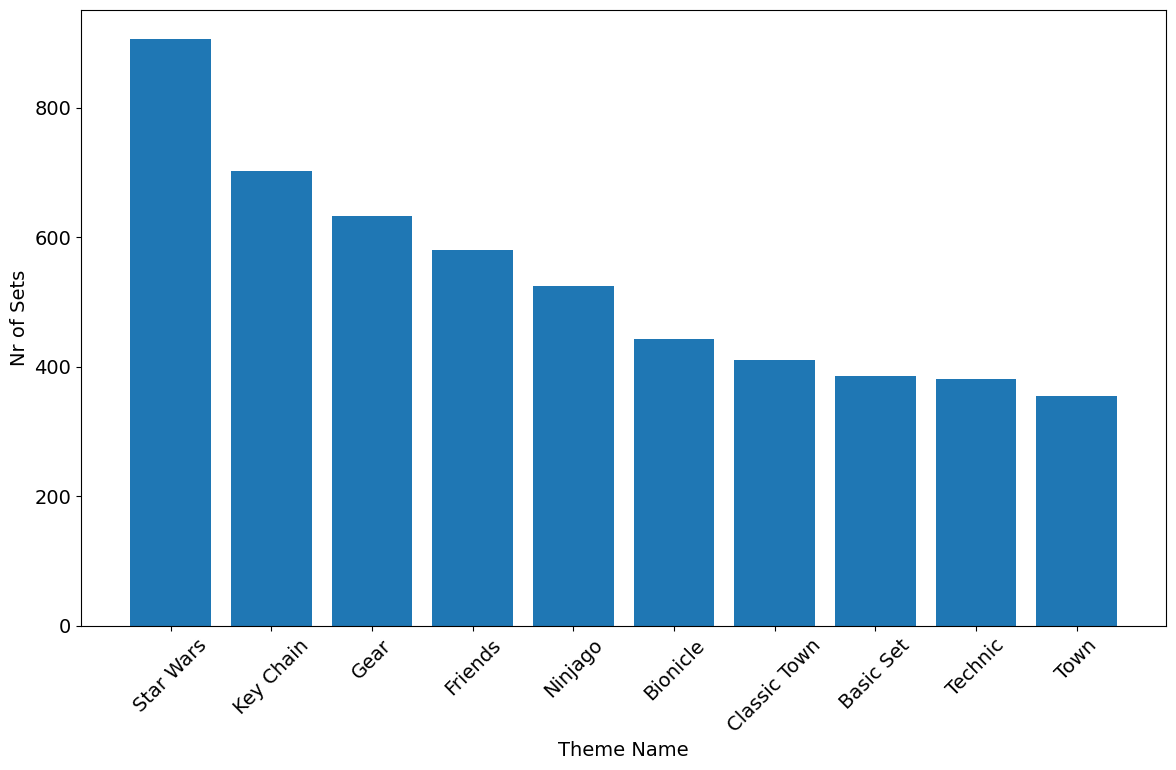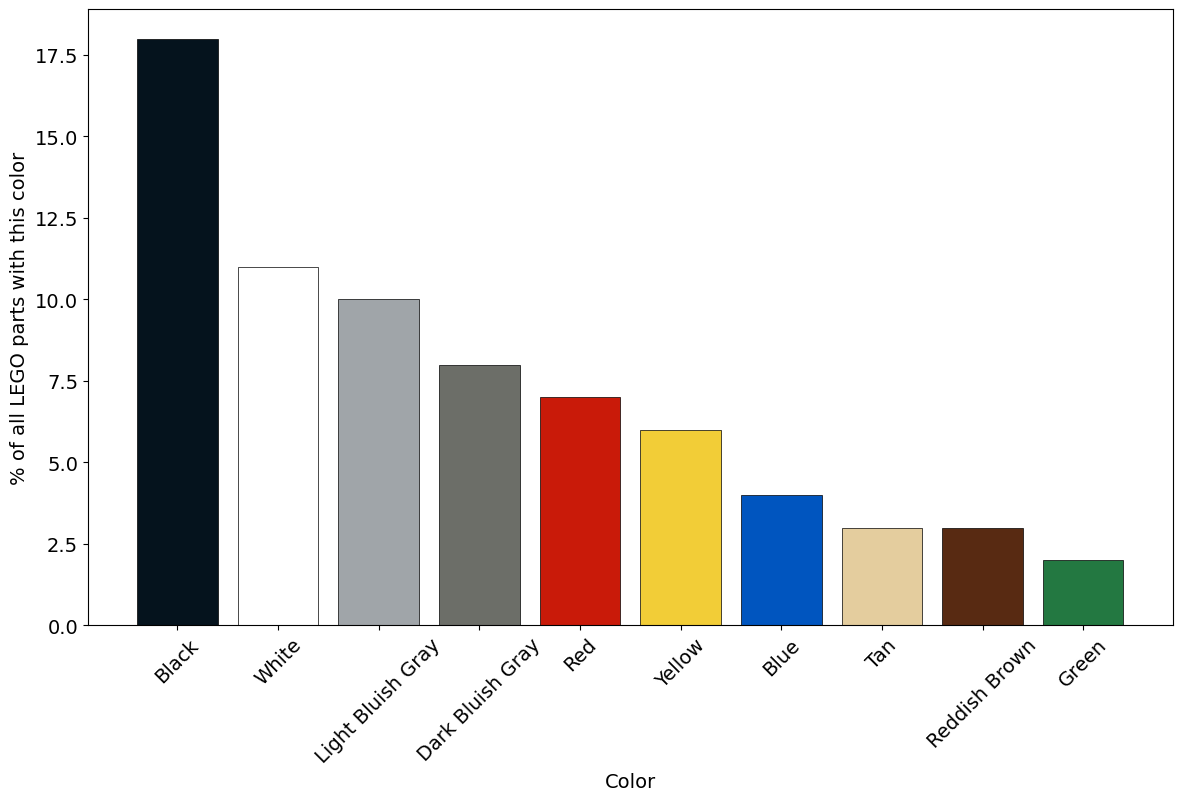About Lego
LEGO is a globally recognized brand of construction toys, known for its interlocking plastic bricks. The name “LEGO” comes from the Danish words “leg godt,” meaning “play well.” LEGO bricks are designed to be versatile and can be assembled and connected in countless ways, allowing children and adults alike to build various structures, vehicles, and imaginative creations.
History of Lego
Founded by Ole Kirk Christiansen in 1932, the LEGO Group initially crafted wooden toys in Denmark. With a humble start making wooden ducks and yo-yos, the company transitioned to plastic toys in 1947, setting the stage for its iconic future.
In 1958, LEGO revolutionized the toy industry with the introduction of the modern LEGO brick. Featuring an interlocking design, these bricks offered limitless creative potential, quickly becoming a beloved staple of playtime for children worldwide.
Throughout the 1960s and 1970s, LEGO experienced exponential growth, expanding its product line with new themes and sets. Innovations such as wheels, windows, and minifigures captivated imaginations and propelled LEGO to new heights of popularity.
The 1980s and 1990s saw LEGO embrace themed sets, introducing captivating narratives with LEGO Space, LEGO Castle, and LEGO Pirates. Licensing agreements with franchises like Star Wars and Harry Potter brought beloved characters to life in LEGO form, captivating fans of all ages.
The early 2000s presented challenges for LEGO, with financial difficulties necessitating a significant restructuring effort in 2004. Streamlining operations and refocusing on its core product, LEGO weathered the storm and emerged stronger than ever.
In the 2010s and beyond, LEGO experienced a renaissance, fueled by innovative new themes, expanded licensing agreements, and ventures into digital media and entertainment. Committed to sustainability and social responsibility, LEGO continues to inspire creativity and play for generations to come.
How many LEGO sets have been released each year?

This graph illustrates the annual release of LEGO sets over time. Initially, the number of sets released per year was modest, with fewer than 10 sets in the early years. However, this figure surged to over 800 sets in 2019, reaching a cumulative amount of close to 16,000 sets. Interestingly, there are noticeable fluctuations over time. In the early 2000s, the number of new sets decreased by approximately 30%, persisting until 2006 when a reversal occurred. This decline can be attributed to the company’s financial challenges and subsequent restructuring efforts during this time.
What is the average number of pieces in a LEGO set?

This graph illustrates the complexity of LEGO sets over time by showcasing the average number of pieces in each set for a given year. The overarching trend reveals an increase in set complexity over the years. Initially, builders contended with constructing sets containing around 50 pieces, a figure that has quadrupled since. Particularly notable is the surge in complexity during the early 2000s, where sets nearly doubled in piece count compared to preceding years. The grey line represents a 5-year moving average, serving as a trend line to elucidate long-term patterns in set complexity.
Which LEGO set has the highest piece count?

Our graph highlights the LEGO set with the highest piece count. Each bar represents a different LEGO set, with its length reflecting the number of pieces in the set. It’s noteworthy that all of these sets were released after 2015, reaffirming the trend of growing complexity in LEGO designs.
What LEGO theme has the highest number of sets?

Our graph visually depicts the distribution of LEGO sets across various themes, revealing which theme boasts the highest number of sets. Each bar represents a different theme, with the height of the bar indicating the number of sets within that theme.
What is the most common LEGO color?

The bar chart visually illustrates the popularity of the top 10 LEGO colors, highlighting their frequency of use. For instance, black comprises 18% of all existing LEGO parts, red 7% and tan 3%. These 10 colors, out of a total of 267, are the most commonly utilized by designers.
The data presented in this post is sourced directly from The LEGO Group provided by Rebrickable. The graphics and visualizations showcased herein are mine, with all rights reserved. Data is up to date with end of 2023.